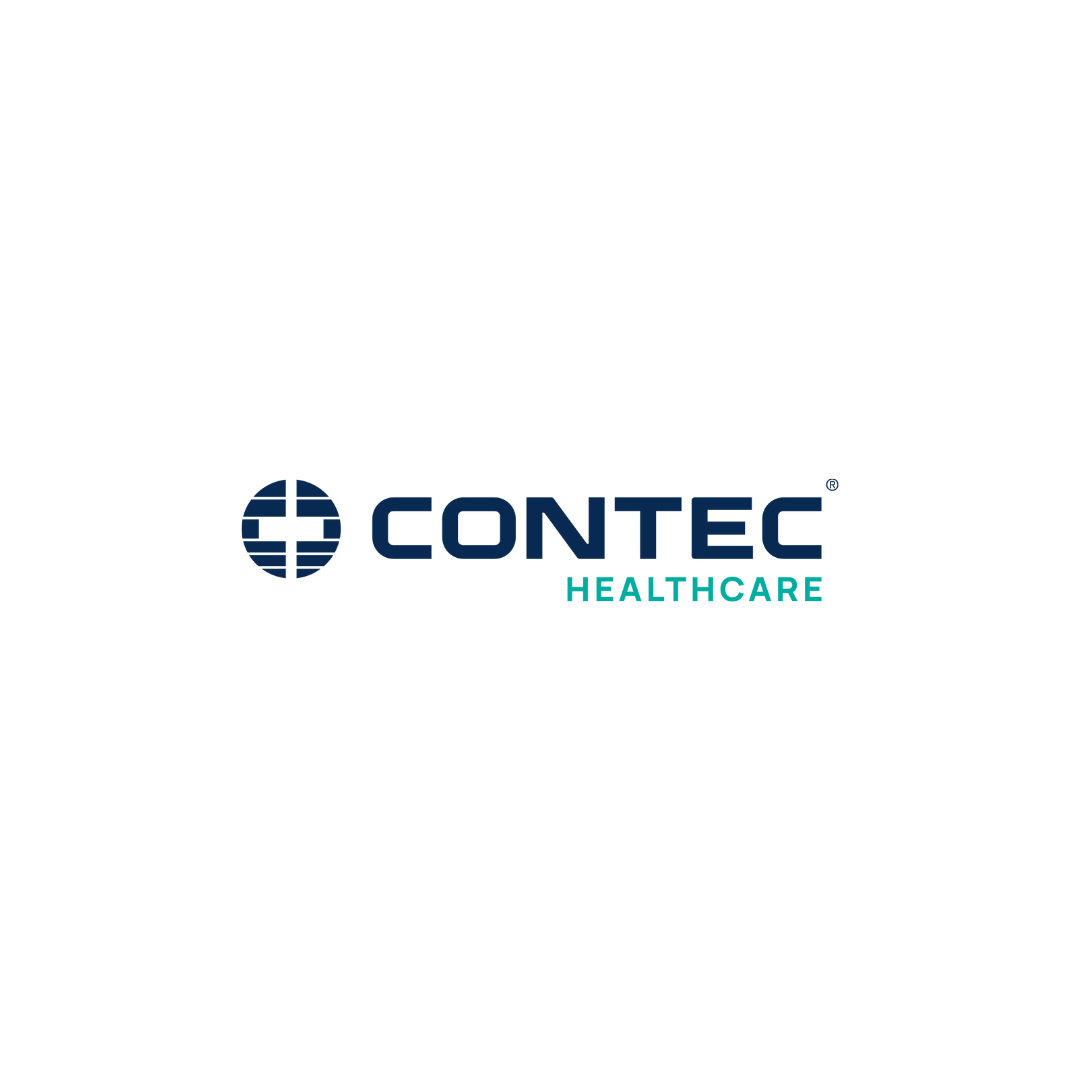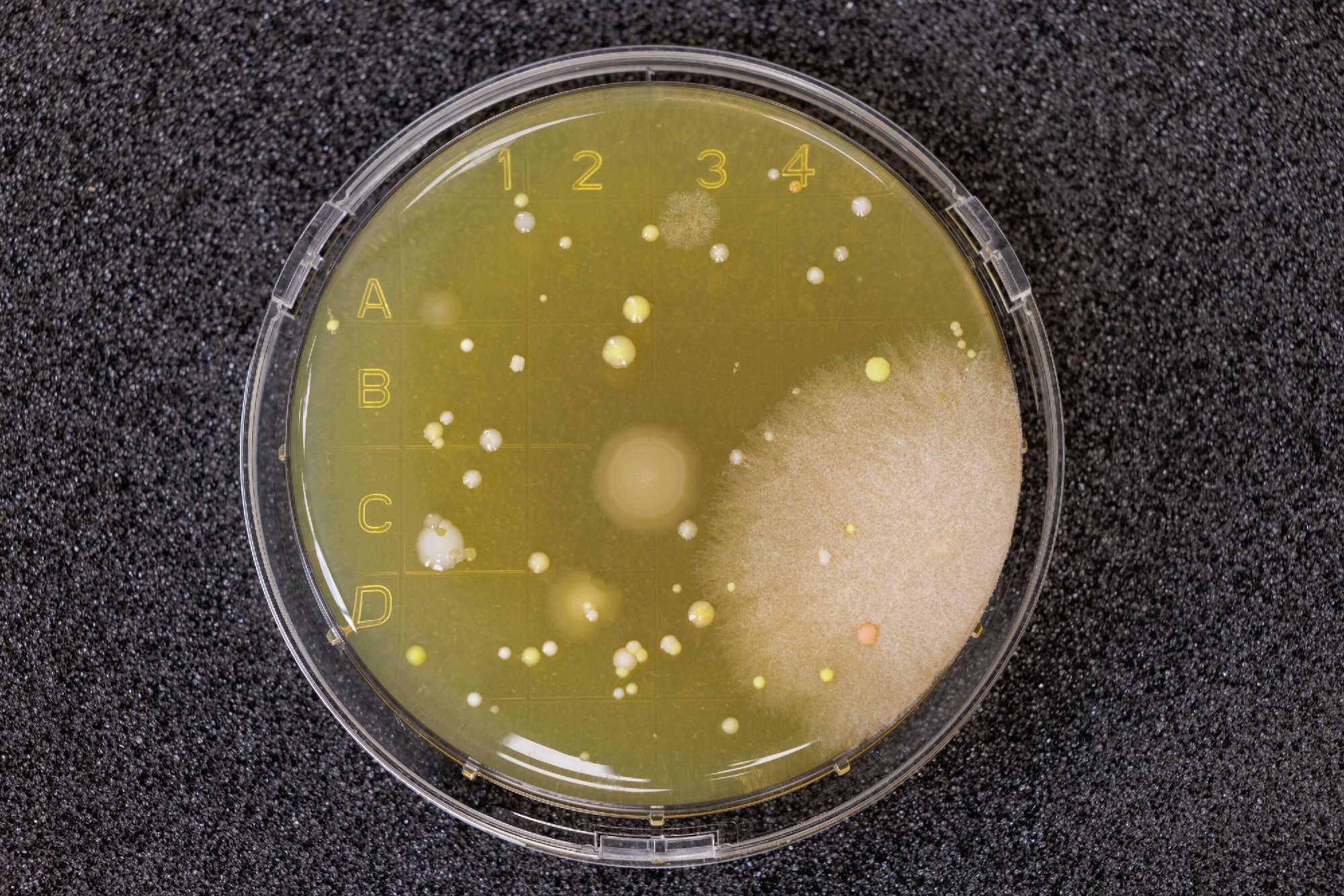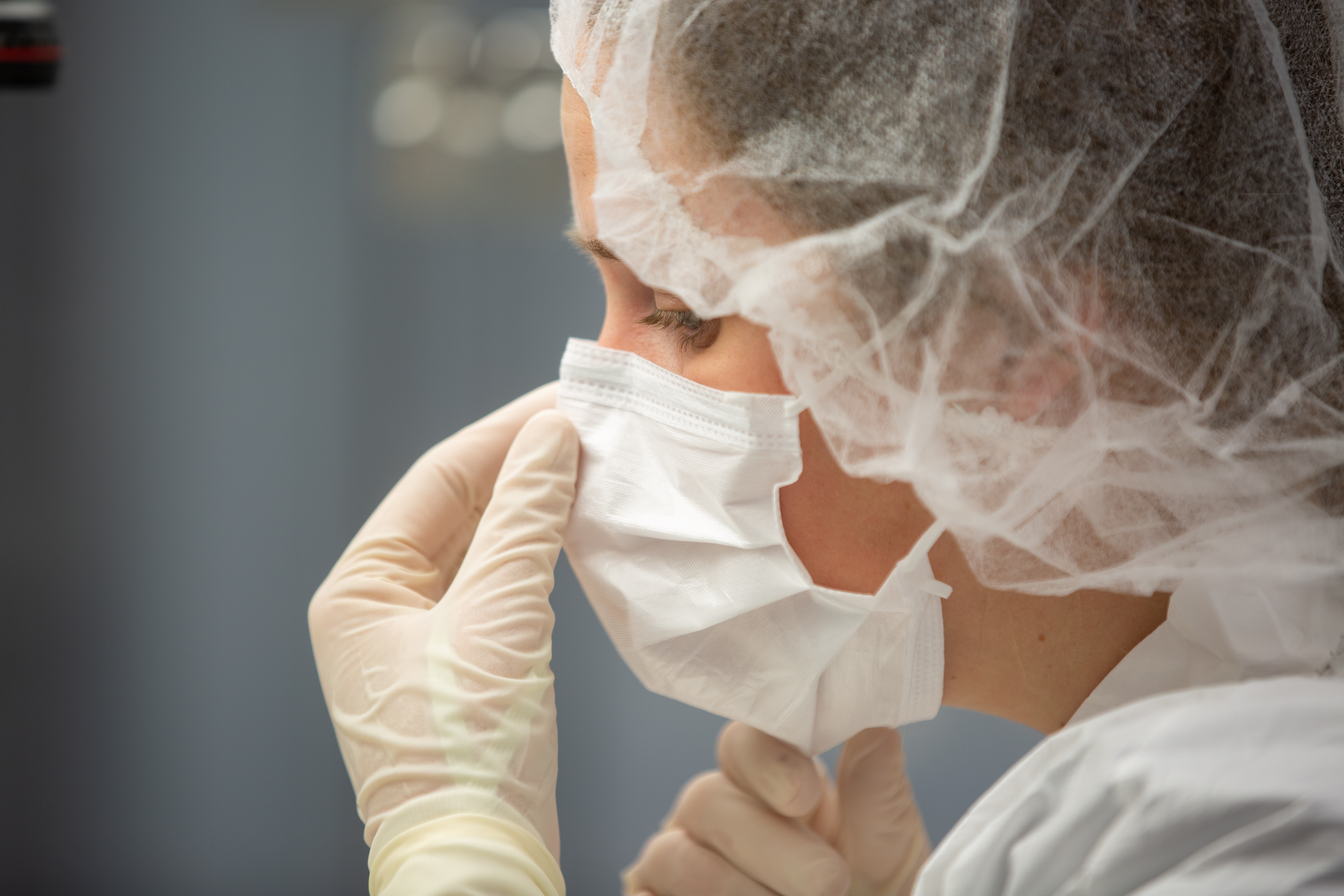In the healthcare industry, the safe handling of Hazardous Drugs (HD) is of paramount importance, and Contec Healthcare is committed to providing essential guidance in this critical area. Our focus on maintaining the highest standards of cleanliness and safety extends to every aspect of HD-related material handling, garbing, cleaning, and disinfection. As healthcare professionals, we understand the challenges faced in ensuring the integrity of HD drugs and preventing cross-contamination. In this blog, we will explore best practices, recommendations, and insights to help healthcare facilities navigate this complex landscape effectively. From optimizing the positioning of Controlled-Environment Primary Engineering Controls (C-PECs) to the meticulous handling of HD drugs, we'll delve into key strategies to safeguard both healthcare workers and patients. Join us as we delve into the world of Hazardous Drug management and share expertise that can make a meaningful difference in your healthcare environment.
Hazardous Drug Related Material Handling, Garbing, and Cleaning & Disinfection.
- Since C-PECs have connected exhaust, they cannot be moved for cleaning, so work with facility staff to ensure they are positioned a distance away from the walls that ensures the ability to clean walls, ceilings and all surfaces on the outside of the C-PEC itself.
- A compressor-free refrigerator for storage of HD drugs is recommended since compressors can be a significant source of particulates. Position the refrigerator near a low wall return to facilitate particulate removal.
- Store HD drugs (whether refrigerated or not) in their white wax-coated or plastic boxes. This secondary packaging can be wiped with PeridoxRTU during material handling. By storing drugs in their secondary packaging, spills are reduced in the event that the drug is dropped when pulling from HD buffer room inventory prior to use. If this practice is adopted, wipe HD vials off with PeridoxRTU followed by sIPA before putting them inside the C-PEC.
- Work practices and CSTD use during compounding are some of the variables that affect the amount of HD residue left behind. Consider that if CSTDs are used in compounding, potential HD residue may be relatively small inside the C-PEC, so PeridoxRTU may be effective if applied only once with the 3-minute dwell time achieved (rather than the standard 2 applications).
- USP <800> requires decontamination between different HDs to reduce the potential for cross contamination. However, in practice many patients receive multiple drugs at a time. Compounding is organized not by the drug but by the patient. So, if 3 drugs are being mixed for 1 patient, then it is not necessary to decontaminate between each of those instances of mixing since the same patient will receive all three drugs.
- USP 800 says “when compounding HD preparations in a C-PEC, a plastic-backed preparation mat should be placed on the work surface of the C-PEC. The mat should be changed immediately if a spill occurs and regularly during use and should be discarded at the end of the daily compounding activity.” Since using these mats is not a requirement, consider not using them. What is the point of decontaminating the deck and wiping with sterile IPA and then putting a contaminated mat back over the compounding surface? If CSTDs are used in compounding, these mats should not be used since there is little danger of exposure to HD residue. Performing sterile compounding on a mat that has been used all day is not consistent with the reduction of microbial bioburden.
- HD Doffing sequences are not defined in USP 800. The goal is to ensure zero migration of HD residue outside of the HD buffer room or C-SCA. In order to make that possible, it is essential to define a “doffing area” immediately inside the HD buffer room or C-SCA. It is not a donning area since all PPE except gloves are donned outside the HD buffer room. The doffing area must be a visible square on the floor. A bench or stool should be positioned on the doffing line to facilitate effective doffing. Also position an HD trash can lined with a yellow trace waste bag on the HD side of the line. The suggested sequence of doffing is as follows when exiting an HD buffer room into an anteroom with the sink on the clean side of the LOD:
- Outer sterile gloves (doffed in C-PEC)
- Outer HD gown
- Outer shoe covers sitting on stool and crossing over LOD
- Now standing inside doffing area, remove inner gloves using special technique
- Leave HD buffer room
- Remove inner non HD gown (if doffing is performed properly, then this gown is not contaminated)
- Wash hands
- Cross LOD to dirty side of anteroom
- Remove head, face and inner shoe covers (none of which are contaminated provided plastic seamless shoe covers were worn as the outer shoe cover)
- Again, the goal is to ensure zero migration of HD residue outside of the C-SCA or HD buffer room. Aside from poor PPE doffing techniques, another way HD residue migrates out of the space is on the surface of finished HD CSPs. Ensure that work practices include decontamination of gloves and the outer surface of the HD CSP prior to labeling. The labeled HD CSP should be placed in an uncontaminated HD transport bag and exit the room without being placed on potentially contaminated surfaces.
By following the recommended guidelines and adopting sound work practices, healthcare facilities can minimize the risk of contamination, protect both healthcare workers and patients, and ensure compliance with industry standards such as USP <800>. We encourage facilities to carefully consider the strategies and recommendations presented here as they strive to maintain a safe and secure environment for all.
Contec Healthcare remains dedicated to supporting the healthcare industry's mission-critical needs, and we look forward to continuing our partnership in the pursuit of excellence in healthcare safety and cleanliness. Together, we can make a positive impact on patient care and the well-being of healthcare professionals. Thank you for joining us in this crucial journey towards safer Hazardous Drug handling.

.png)



